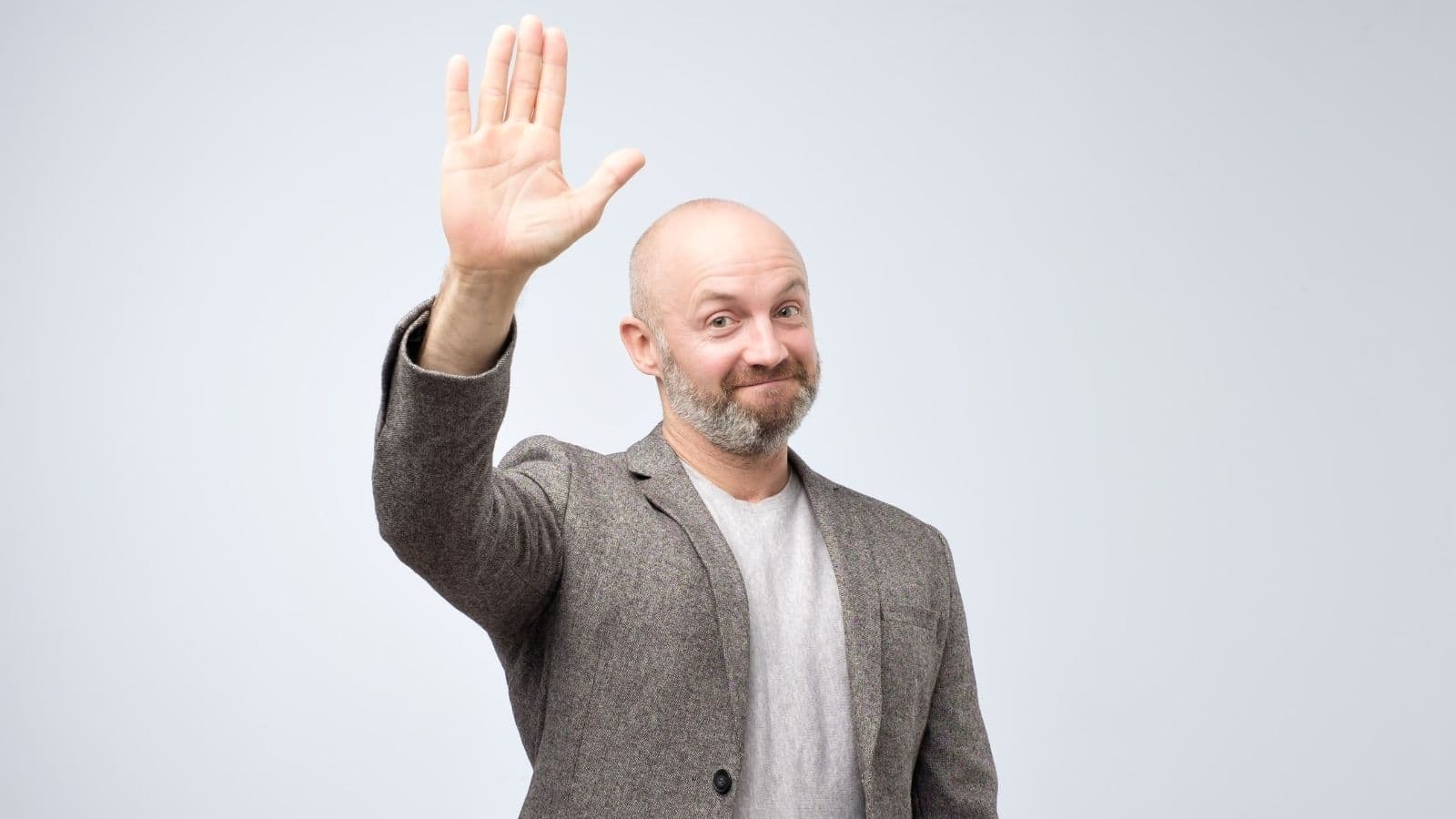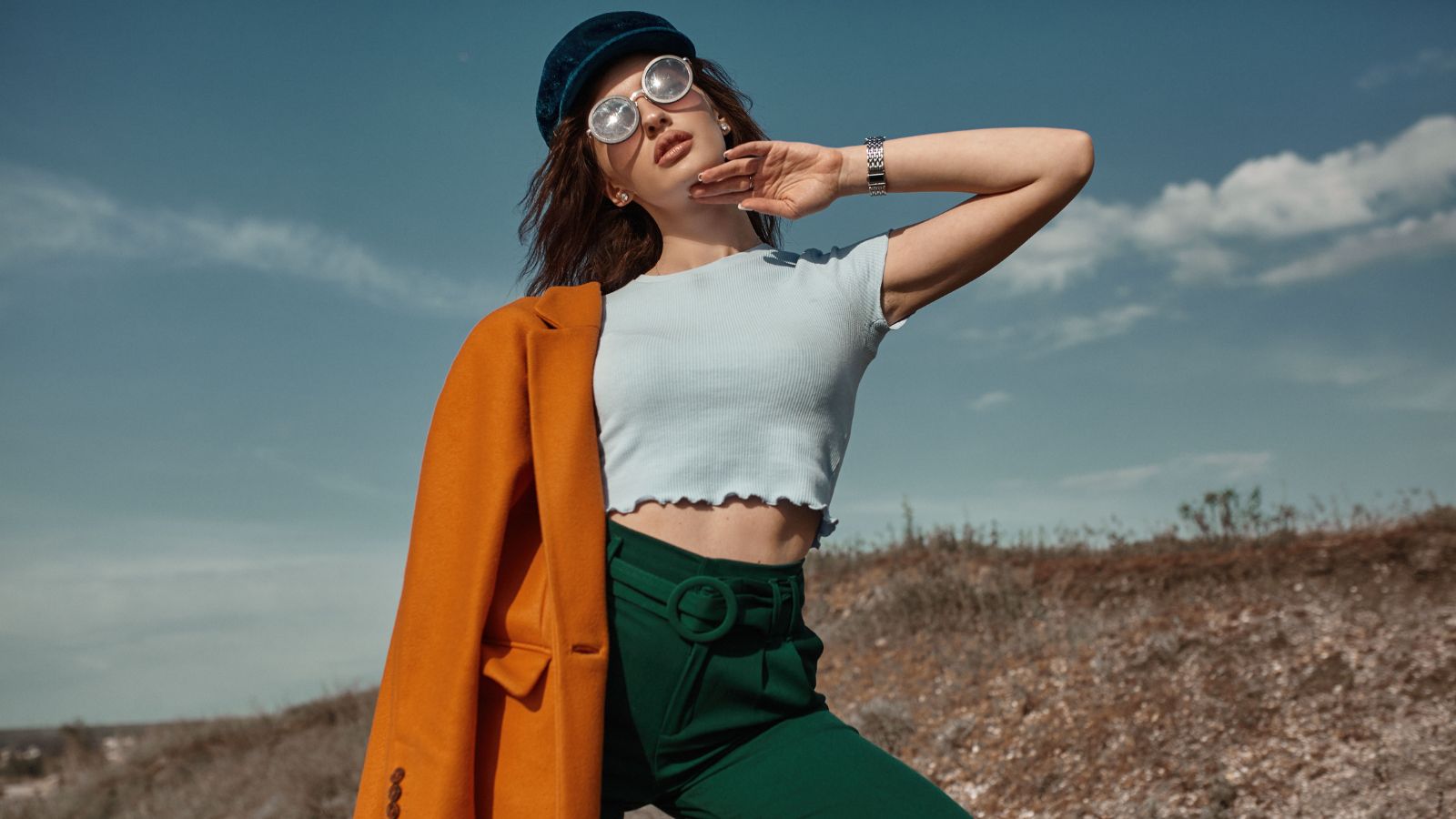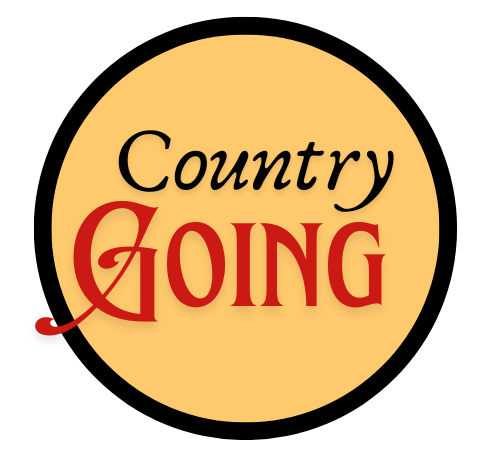Language evolves with each generation, and slang words and expressions are often the clearest markers of the era someone grew up in. While today’s younger generations may favor terms like “slay” or “vibe,” older phrases carry a charm and nostalgia that reveal the speaker’s roots. Here are some classic slang expressions that might just give you away.
“The Cat’s Pajamas”

During the Roaring Twenties, this phrase was the ultimate compliment, reserved for someone who was exceptionally stylish, clever, or impressive. While it might sound quirky today, it once conveyed the peak of cool. Its popularity reflected the playful language of the Jazz Age in the 1920s, where humor and exaggeration were often part of everyday speech.
“Getting the Heebie-Jeebies”

Another expression that emerged in the 1920s and described a feeling of unease or anxiety. It was commonly used in lighthearted situations, making it perfect for expressing discomfort without sounding overly serious. The term’s playful nature helped it stick around for decades, but its origins are deeply tied to older generations.
The “Bee’s Knees”

Few phrases encapsulate vintage slang quite like this playful compliment. Popular from the 1920s onwards, it meant someone or something was truly exceptional. It fits perfectly with the lively, carefree attitude of the era. While it might sound outdated today, it’s evocative of an era when flappers danced, jazz ruled the airwaves, and being “the bee’s knees” was the ultimate goal.
“Groovy”

Popularized in the 1960s, this term was closely tied to the counterculture movement, especially within music and art scenes. It described something excellent or stylish, often with a free-spirited vibe. While it faded in mainstream usage, its association with the flower power generation remains strong.
If you find yourself calling things “groovy,” it’s a surefire sign you experienced, or deeply connected with, the peace and love era.
“A Real Gas”

This slang term, popular in the 1950s and ‘60s, described something that was exceptionally fun or exciting. Whether it was a wild dance party or a hilarious joke, calling it “a real gas” was the way to convey enthusiasm. It reflected a carefree, upbeat attitude, and anyone using it today likely remembers sock hops and rock-and-roll records spinning in the background.
“Don’t Flip Your Wig”

In the 1950s and ‘60s, this phrase was used to tell someone to calm down or stop overreacting. It reflected a cool, laid-back approach to life that defined the post-war boom era.
The image of literally flipping a wig added humor, making it a playful way to diffuse tension. It instantly evokes a time when cars had fins and rockabilly ruled.
“Out of Sight”

This enthusiastic expression gained traction in the 1960s and was often used to describe something extraordinary or awe-inspiring. Whether it was a great concert or a stylish outfit, calling it “out of sight” meant it was unforgettable. The term matched the exuberance and creativity of the era.
“Copacetic”

This word, meaning fine or in excellent order, was a favorite among jazz musicians in the 1920s and remained a part of slang for decades afterwards. It conveyed an easygoing, confident vibe, perfectly suited to times when optimism was key. Its use today harks back to a vintage era of smooth style and polished coolness.
“Cool as a Cucumber”

The relaxed confidence this phrase describes is timeless, but it was especially popular during the late 1940s. It reflected the post-war focus on composure and maintaining one’s image, particularly in social situations. Though the phrase still appears occasionally, using it today hints at someone familiar with a time when effortless cool was the ultimate goal. It carries a charm that modern slang rarely captures.
“The Big Cheese”

This phrase, popular in the mid-20th century, described someone in a position of power or importance. Whether referring to a boss or a community leader, it was a lighthearted way to acknowledge someone’s authority. Its playful tone made it widely used, particularly in small-town America. If you still call someone “the big cheese,” it’s a clear nod to an era when humor softened hierarchy.
“The Real McCoy”

Authenticity was everything a century ago, and this phrase captured that sentiment perfectly. Popularized in the early 1900s, it referred to someone or something genuine and high-quality. The term likely originated in Scotland but became a staple of American slang, especially during Prohibition when it referred to legitimate liquor, as opposed to bootleg moonshine.
Using it today recalls a time when integrity and originality were highly valued traits.
“Square”

This slang, widespread in the 1950s, was used to describe someone who was conventional or lacking in excitement. It reflected the growing divide between the rebellious youth culture and the older generation. To be labeled a “square” meant you didn’t understand or embrace the changing trends.
Anyone who still uses this term likely remembers or identifies with a time when rebellion and conformity clashed on the cultural stage.
“Let’s Split”

When it was time to go, this phrase was a favorite among teens and young adults in the 1950s and ‘60s. Whether leaving a party or dodging trouble, saying “let’s split” was the casual way to make your exit. It captured the era’s emphasis on independence and freedom. The phrase seems dated now, with fond memories of the rock-and-roll era.
“For the Birds”

Expressing dissatisfaction with something was easy with this dismissive phrase. It became popular in the mid-20th century and was often used to describe situations that were frustrating or pointless. Its humor and relatability made it a staple of casual conversation. Hearing it today brings back the straightforward, no-nonsense attitude of a bygone era.
“You Bet Your Boots”

This playful expression was a way of confidently affirming something, back in the 1940s and ‘50s. It added a touch of humor to everyday conversations, making it a fun way to show enthusiasm, and reflected the optimism and confidence of post-war America. It immediately transports listeners to a time when slang was colorful and full of personality.
“Hanging Loose”

Relaxation took on a new level of coolness with this phrase, popularized in the late 1960s and ‘70s. It perfectly captured the laid-back attitude of surf culture and the counterculture movement. Whether lounging at the beach or taking it easy at home, “hanging loose” was the ultimate way to describe being carefree.
“Peachy”

Describing something as “peachy” was a lighthearted way of saying it was wonderful or excellent. This term gained popularity in the 1940s and reflected a cheerful, optimistic spirit. Whether complimenting someone’s mood or an event, it added a touch of positivity to conversations. Hearing it today evokes a time when slang was playful and infused with an undeniable charm.
“The Cat’s Meow”

Similar to “the bee’s knees,” this phrase was used to describe something extraordinary or fashionable. It originated in the 1920s and became a staple of flapper-era slang. Whether talking about a new outfit or a fun event, calling it “the cat’s meow” was the ultimate seal of approval.
Using this phrase now is a direct throwback to a time of jazz, speakeasies, and dazzling creativity.
